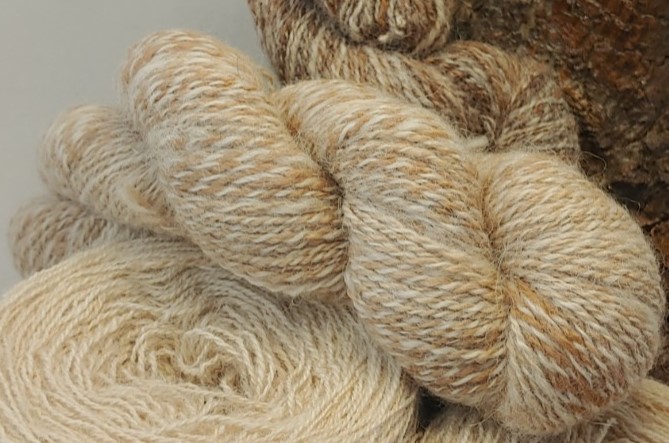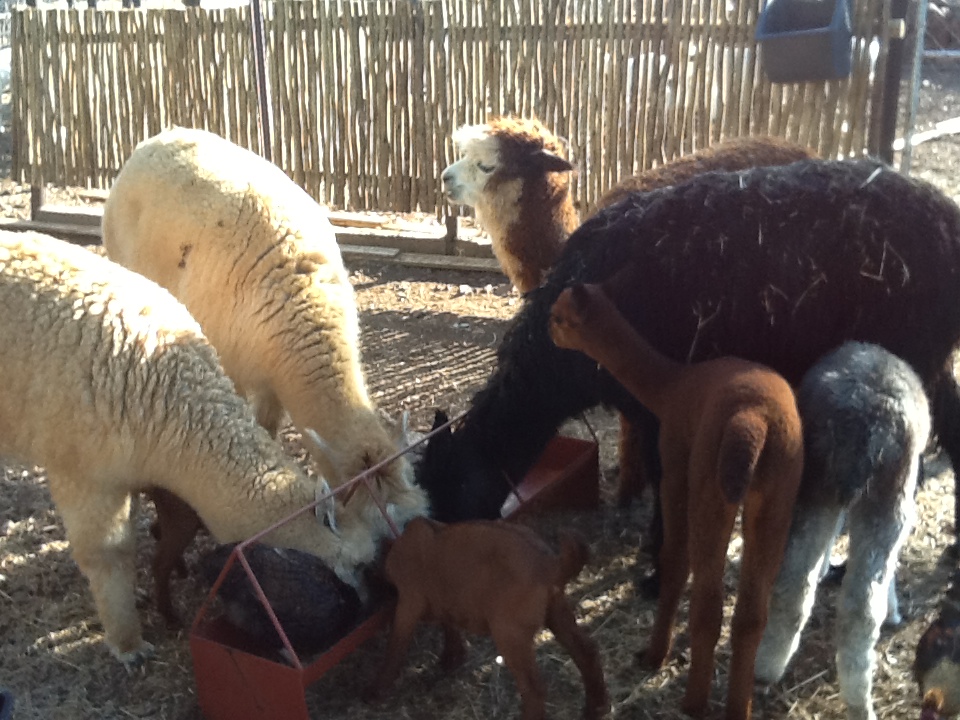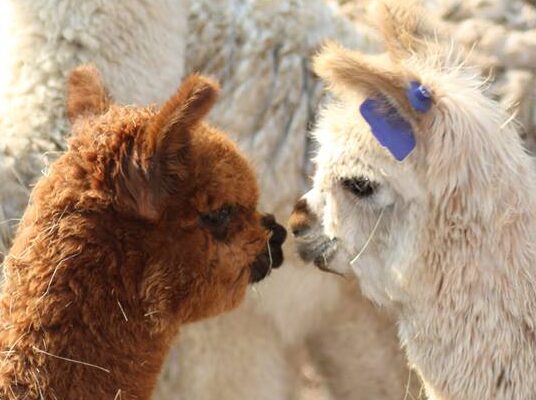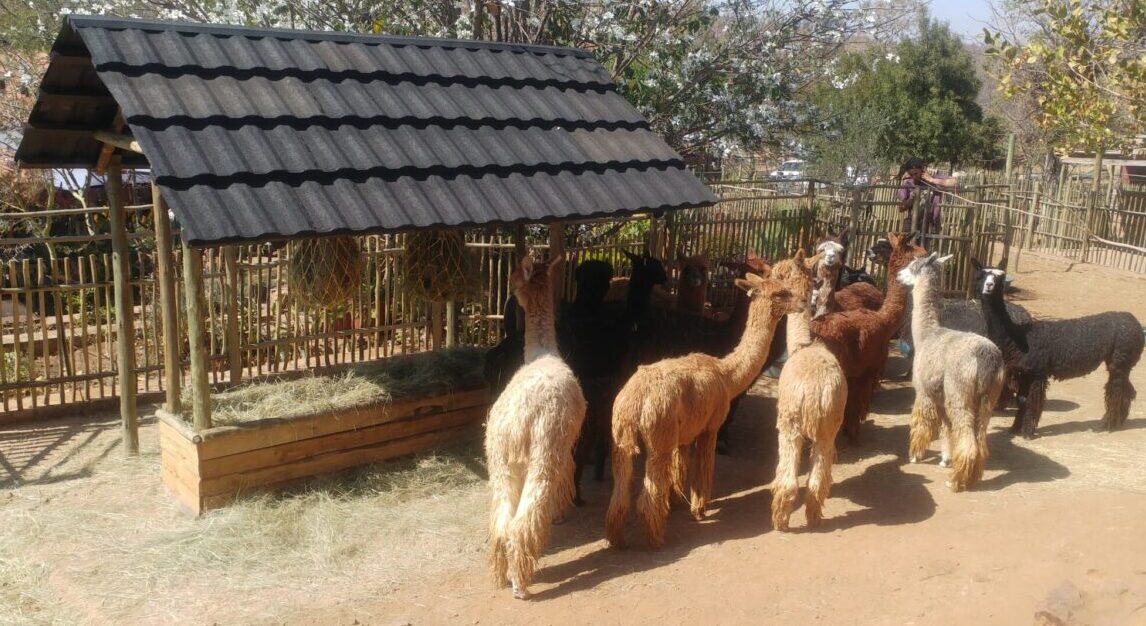Instructions to Newby fibre fans on how to wash raw wool the right way … The right way to wash raw wool is quite simple. Here’s how to do it … If the wool is very dirty, you can first give it a good shake outside, and let all the dust and debris, as well…
Why exactly I chose Majacraft, the ‘Method behind the madness’
Why exactly I chose Majacraft – the ‘Method behind the madness’ Why exactly I chose Majacraft – the ‘Method behind the madness’ Well, tell that to Japanese or German car manufacturers – do people really only settle on the cheaper ends of the range available because anything more expensive is just a waste, or could…
The importance of learning a new skill
Learning a new skill The importance of learning a new skill is a subject very close to my heart, and it has been nagging me to get it jotted down on paper for far too long. But it has now really become urgent! For at least the last decade and a half, I have told…
The true value of Alpaca fibre, and why it’s pricey…
The true value of Alpaca fibre, and why it’s pricey… The true value of Alpaca fibre, and why it’s pricey…Disclaimer: I don’t do small talk, I don’t do short and sweet… I like to delve deep! If your attention span is very short, this is probably not going to be good reading for you, because…
MajaCraft launch
Majacraft Launch The Majacraft Launch, at last… For me here at Verlore Vallei, today, 15 May 2024, has been a momentous day. I have finally taken the plunge to announce the plans that have been brewing for a few months. That of doing my own bit to nudge other co-creators here in South Africa a…

About Handspinning (and other handcrafts)
Handspinning (and other handcrafts) If you are one of the few who earn a living from doing something you love, like handspinning and other handcrafts, if you actually have something you are passionate about, you are truly blessed! We live in a time where most normal people must do whatever work has crossed their path,…

How it all started – a philosophical tangent…
How it all started… So, just how did I get where I am today, living with a herd of delightfully dewy-eyed alpaca, handling and hoarding heaps of their fibre…? Now also dreaming of even more types of fibre from ancient sheep-breeds grazing along the grassy moors of far-off misty shores…? OK, I’ll tell you how…

